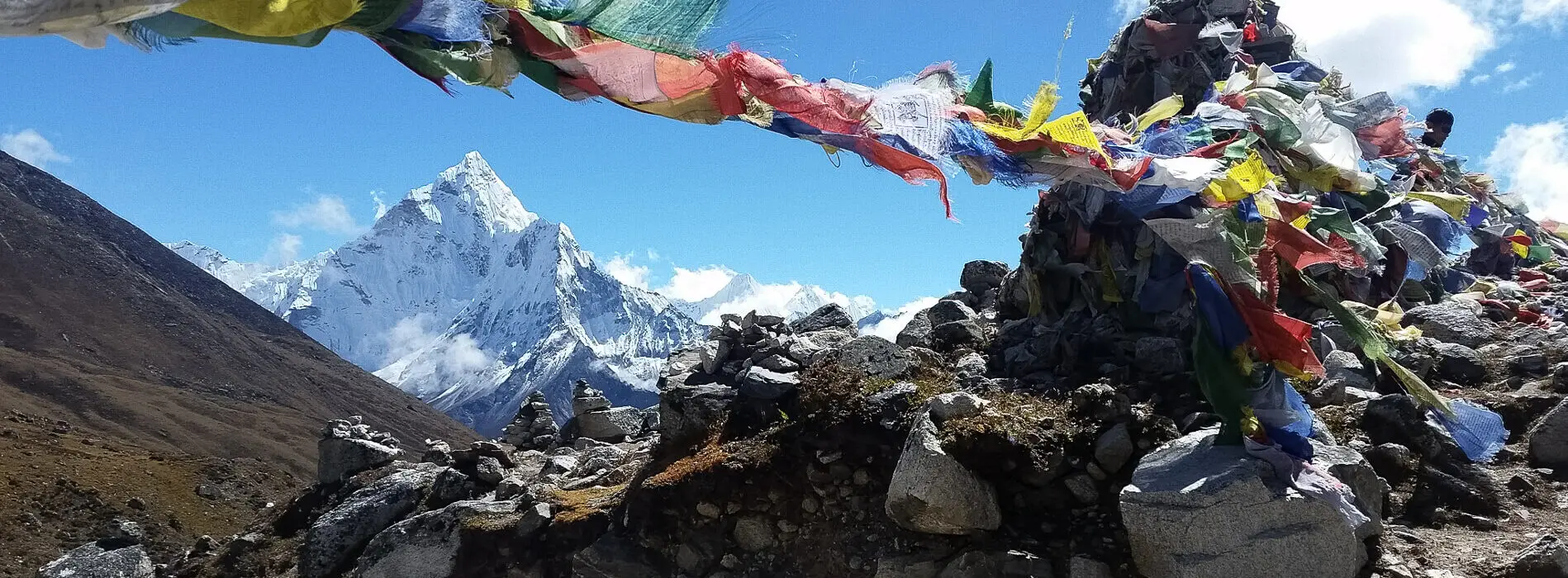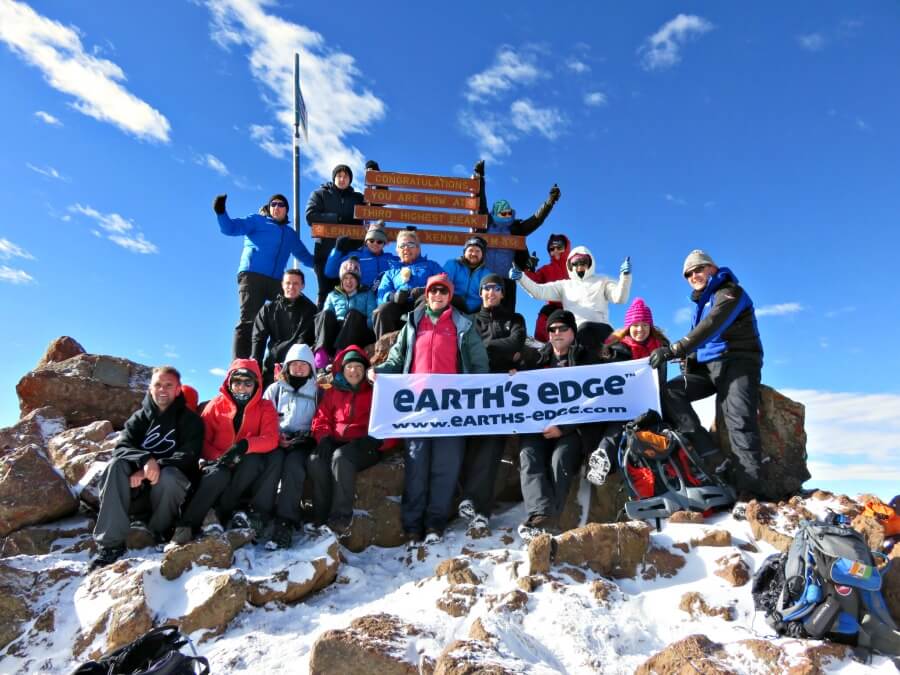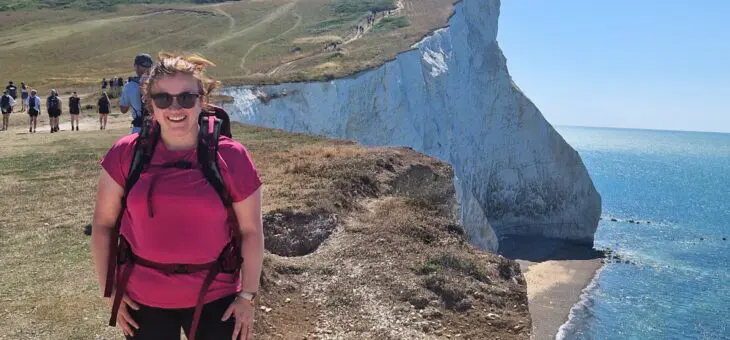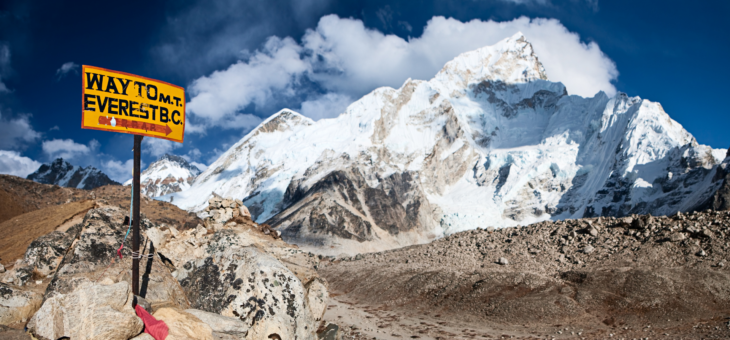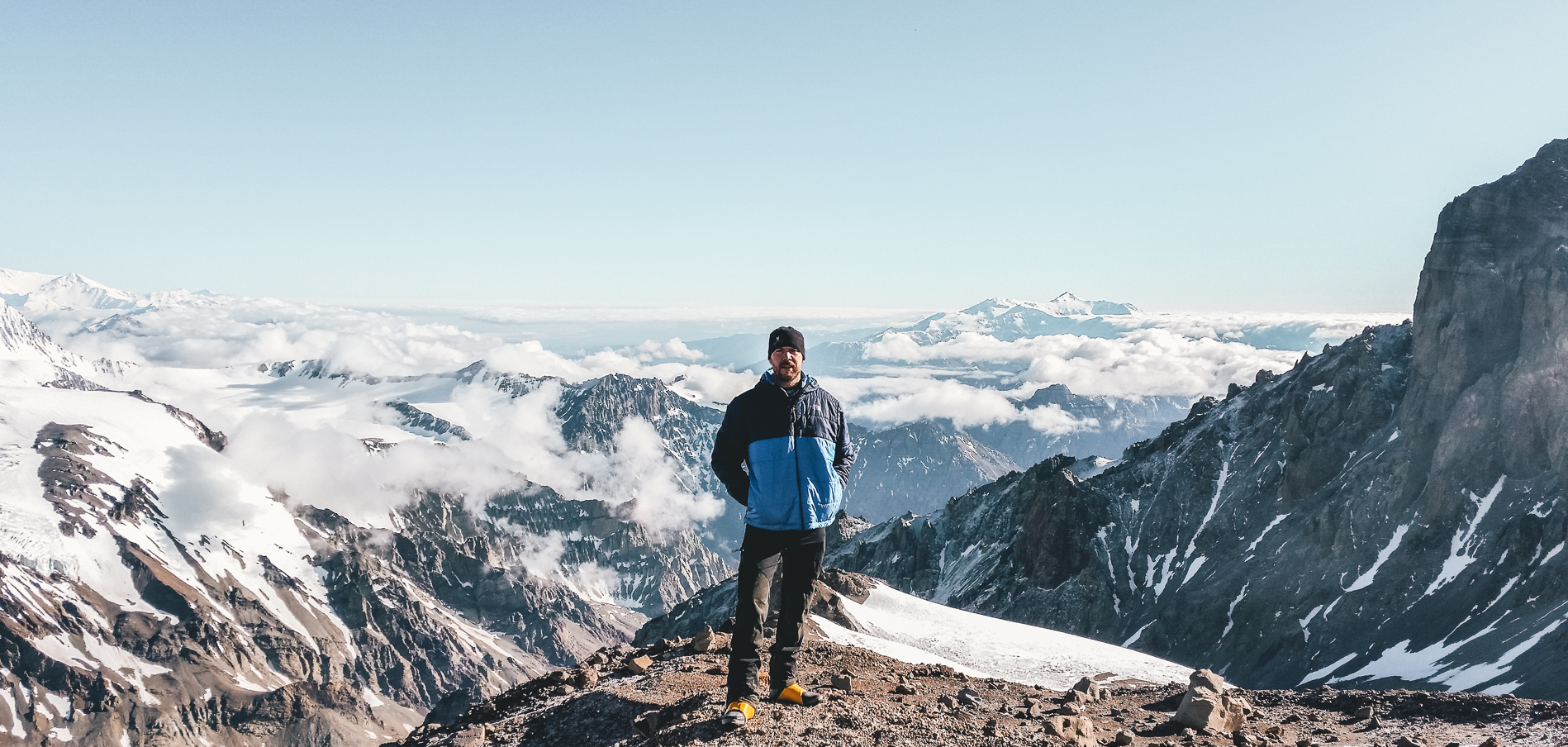
As soon as you’ve climbed your first mountain, you’ll be thinking about the second. Once you’ve felt that sense of accomplishment that comes from standing on a summit, you’ll be chasing that feeling forever more! That’s why so many people have the Seven Summits on their bucket list. But what are the Seven Summits? Let us break it down…
What are the Seven Summits?
They are the higest mountains on each continent in the world. If you climb them all, that’s considered a huge accomplishment. The first man to do so was Richard Bass, on 30 April 1985. Climb them all and reach both the North and South poles? That’s called the Explorers Grand Slam.
What mountains make up the Seven Summits?
They are…
- Everest (Asia, 8,848m)
- Aconcagua (South America, 6,961m)
- Denali (North America, 6,144m)
- Kilimanjaro (Africa, 5,885m)
- Elbrus (Europe, 4,741m)
- Mount Vinson (Antarctica, 4,892m)
- Carstensz Pyramid or Puncak Jaya (Australia, 4,884m)
How do I climb the Seven Summits?
With a great amount of effort and determination! Climbing the Seven Summits is a huge undertaking that will take a lot of time and, let’s be honest, cash. But it’s a fantastic goal to have.
Which of the Seven Summits are best to climb?
Each of these mountains has its own unique charm. But we have a soft spot for the mountains that we include in our expeditions. Earth’s Edge is the only company in the world that sends an international doctor and guide along on every single trip. This means that our expeditions deliver an unrivalled level of safety. Which, at the end of the day, is the most important thing.
We give every expedition a difficulty level, so you know what to expect. You can read more about these here.
We offer expeditions to…
Kilimanjaro (Africa, 5,885m, difficulty level 5)
Aconcagua (South America, 6,961m, difficulty level 8)
Elbrus (Europe, 4,741m, difficulty level 8)
We also do an expedition to Everest Base Camp. While this doesn’t take you to the top of Everest, you’ll still get to soak up the majesty of the Himalayas. It’s a nice level 4, too.
If you want to read more about any of our expeditions, click here.
